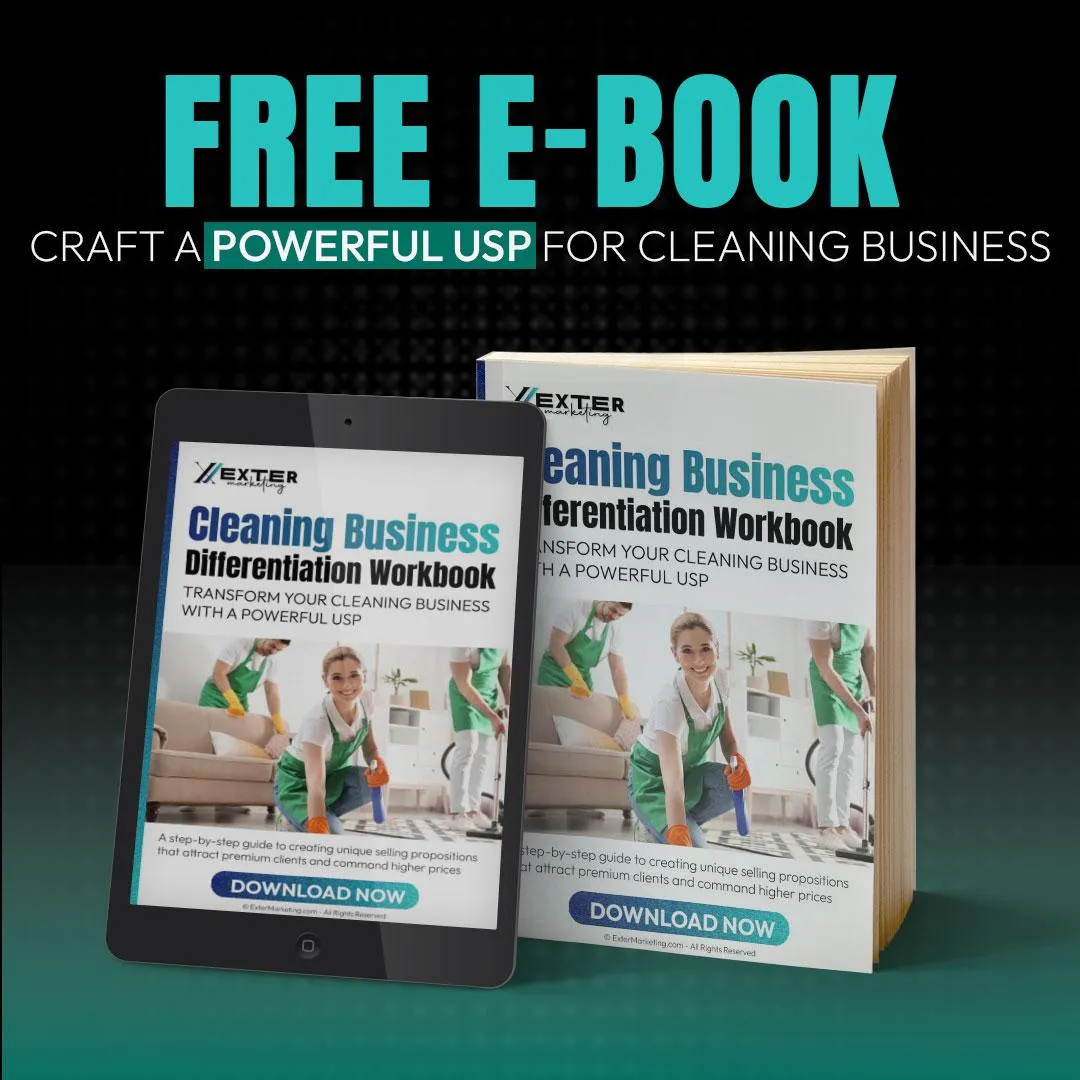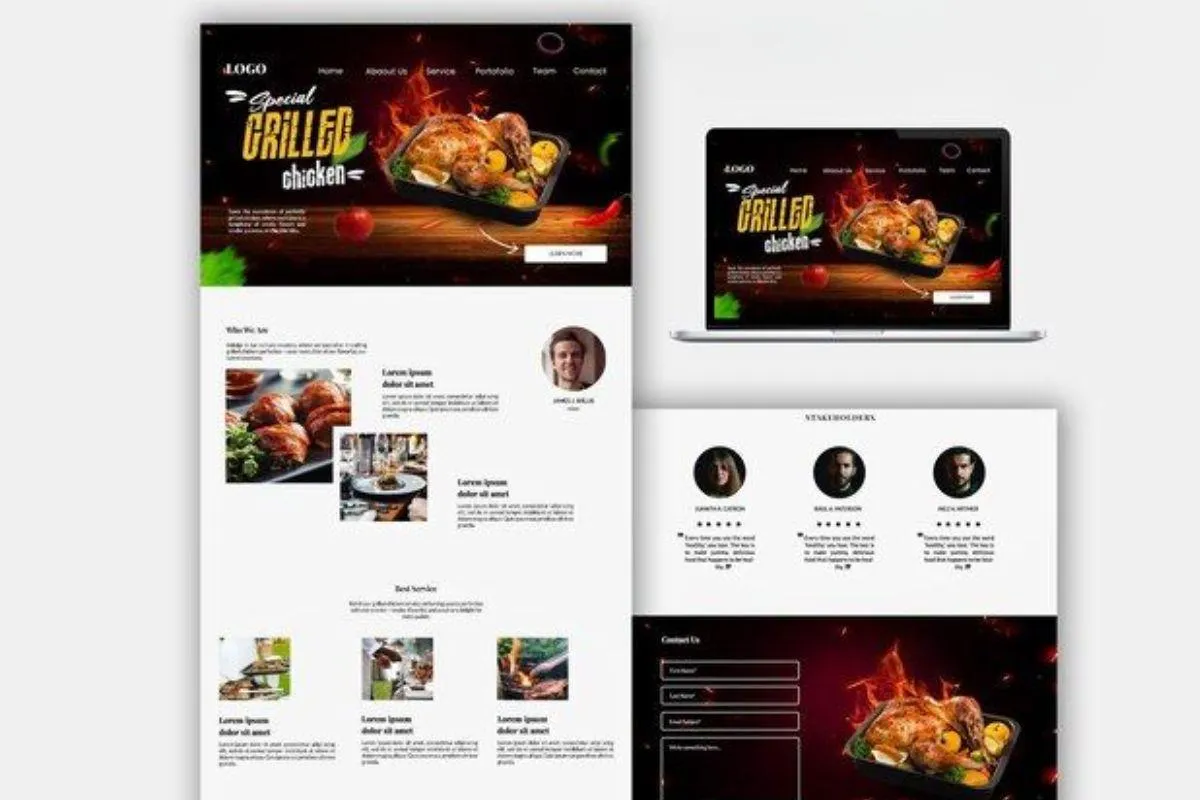
Brand Positioning for Cleaning Business to Stand Out in the Market
Why Does Brand Positioning Matter in the Cleaning Industry?
Step-by-Step Guide to Position Your Cleaning Brand
1. Identify Your Target Audience
2. Define Your Unique Value Proposition (UVP)
5. Create Consistent Visual Branding
7. Deliver on Your Brand Promise
8. Use Reviews and Testimonials
9. Write a Brand Positioning Statement
10. Stay Consistent Across All Channels
In today’s competitive cleaning industry, simply offering good service is no longer enough. Customers are bombarded with ads from various companies promising spotless homes and offices. So, what makes your cleaning business special? Why should clients trust you over someone else?
This is where brand positioning becomes crucial. It’s the key to creating a memorable impression, building trust, and setting yourself apart from the crowd.
What is Brand Positioning?
Brand positioning is the process of establishing your business’s identity in the minds of your target audience. It’s what people think and feel when they hear your brand’s name.
Do they think of luxury? Affordability? Eco-friendliness? Speed?
When done right, brand positioning makes your business the top choice in a crowded market — not because you're the cheapest, but because you are the right fit.
Why Does Brand Positioning Matter in the Cleaning Industry?
The cleaning market is full of competitors offering similar services. The difference is how you’re perceived.
Effective brand positioning helps you:
Attract the right customers
Stand out from other local cleaning companies
Build long-term loyalty and trust
Justify premium pricing
Grow your reputation online and offline
In short, it's the secret weapon behind the success of brands like Molly Maid, The Maids, and even fast-growing local companies.
Step-by-Step Guide to Position Your Cleaning Brand
1. Identify Your Target Audience
Before defining your brand, you need to understand who you're speaking to. Are you targeting:
Homeowners looking for weekly cleans?
Realtors needing deep cleans for showings?
Commercial clients requiring nightly janitorial services?
Knowing your audience helps shape everything from your website tone to your ad copy.
Example: A company targeting eco-conscious families would use soft tones and natural visuals, while a commercial cleaning brand might emphasize professionalism, certifications, and large-scale capabilities.
2. Define Your Unique Value Proposition (UVP)
What sets your business apart?
Do you offer chemical-free products, same-day bookings, background-checked staff, or maybe a premium service experience?
Your UVP (Unique Value Proposition) should be:
Clear
Customer-focused
Benefit-driven
Example UVP:
"We give busy families peace of mind with 100% natural, safe, and effective cleaning—done by certified professionals you can trust."
3. Study Your Competition
Research your local competitors. Visit their websites, check reviews, and see how they market themselves.
Ask questions like:
What are they doing well?
Where are they falling short?
Can you identify a positioning gap you could fill?
For instance, if no one in your area specializes in Airbnb cleanings or green cleaning, that could be your edge.
4. Develop Your Brand Message
Your brand message summarizes who you are, what you do, and why people should care. It should resonate with your audience and highlight your UVP.
This message should be:
On your homepage
In your flyers
On your social media bios
Used by your staff
Example: “We make homes sparkle and minds rest easy.”
5. Create Consistent Visual Branding
Visuals matter more than you think. A professional logo, clean website, and appealing brand colors make you look credible and trustworthy.
Your visual brand includes:
Logo
Brand colors
Fonts
Website layout
Uniforms
Vehicle wraps
Choose colors that align with your brand. For example, green and blue often suggest cleanliness and calmness, while gold and black can position you as a premium service.
6. Choose Your Brand Voice
Your brand voice is how you sound to customers. It can be friendly, professional, quirky, or formal—whatever fits your audience and values.
Be consistent in this voice across:
Website copy
Social posts
Customer emails
SMS reminders
Tip: Residential cleaning brands usually do well with a warm, conversational tone.
7. Deliver on Your Brand Promise
Your service quality must match the image you present. If you position yourself as a premium brand, your service, communication, and presentation should reflect that.
That means:
On-time arrivals
Clear pricing
Trained and uniformed staff
Follow-up messages after the service
8. Use Reviews and Testimonials
Reviews help reinforce your brand positioning. Ask happy customers for specific testimonials that highlight what makes you special.
Example:
“GreenShine always leaves our home fresh and chemical-free. We love that we don’t have to worry about our pets or kids.”
These stories become social proof, validating your positioning.
9. Write a Brand Positioning Statement
Use this internal statement to stay focused:
Template:
For [target customer], [your company] is the [category] that offers [unique benefit], because [reason why you’re credible].
Example:
For eco-conscious homeowners, EcoBright Cleaning is the family-safe service that guarantees a deep clean without harsh chemicals because your home deserves healthy shine.
10. Stay Consistent Across All Channels
Your branding must be consistent everywhere customers find you:
Google Business Profile
Social media
Email newsletters
Flyers or brochures
Cleaning staff uniforms
Consistency builds familiarity, which builds trust, which builds sales.
How ExterMarketing Helps with Brand Positioning
At ExterMarketing, we help cleaning companies across the U.S. create strong brand identities that lead to real growth.
Here’s how we support cleaning businesses:
Brand design & logo creation
Website design with lead capture
Social media management
SEO strategy
Client booking and CRM integrations
Email + SMS automations
Google review management
We helped “ShinySpace Cleaning” in Tampa rebrand from a low-cost residential cleaner to a premium eco-service brand. In just six months, they increased their average ticket price by 35% without losing customers.
Conclusion
Your brand is more than your name it’s your reputation. By crafting a powerful brand position, you’ll attract better clients, grow faster, and be seen as a leader in your local market.
So take time to define your brand positioning and be intentional in every touchpoint. If you need expert help, ExterMarketing is here to guide the way.














